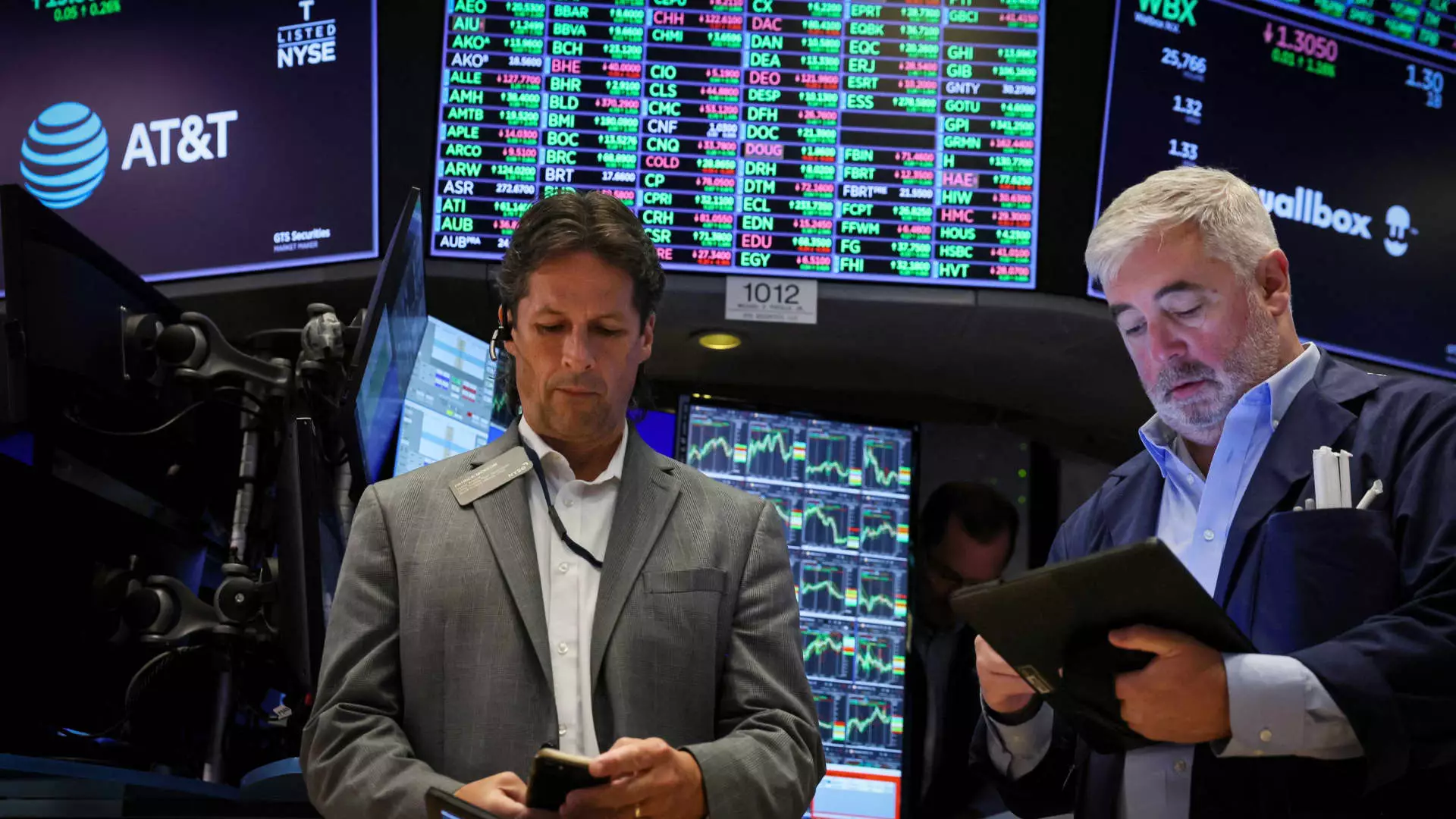The recent fluctuations in the stock market have been unprecedented, with the S&P 500 experiencing a rollercoaster ride throughout the week. Starting with a major dip on Monday, where the Dow Jones Industrial Average tumbled 1,000 points and the S&P 500 lost 3%, it seemed like the market was on a downward spiral. However, a significant turnaround occurred towards the end of the week, with the major averages mounting a comeback on Thursday. This rebound was partly fueled by encouraging weekly jobless claims data, which helped alleviate investors’ concerns about the state of the U.S. economy. The S&P 500 surged 2.3% on Thursday, marking its best day since November 2022, while the Dow soared roughly 683 points and the Nasdaq Composite added nearly 2.9%. This dramatic shift in momentum has put the major averages on the verge of turning positive for the week, erasing most of the losses incurred earlier.
Causes of the Market Volatility
The primary factors driving the initial sell-off in the market were disappointing U.S. payrolls data from the prior week and concerns that the Federal Reserve was too late in implementing rate cuts. Additionally, the unwinding of a popular currency trade by hedge funds exacerbated the downward trend. This led to a high degree of uncertainty and fear among investors, resulting in a spike in the Cboe Volatility Index, which reached levels not seen since the onset of the Covid-19 pandemic and the Great Financial Crisis. However, it is worth noting that much of the market turbulence was attributed to hedge funds unwinding a long-time bet on a cheap Japanese yen, rather than substantial threats to the overall economy. This realization helped to calm investors and sparked a wave of buying activity, leading to the V-shaped recovery seen in the latter part of the week.
Market Resilience and Outlook
Despite the intense fluctuations witnessed in the stock market, it is crucial to recognize that this recent bout of volatility is not indicative of a fundamental deterioration in the economy. Infrastructure Capital Advisors CEO, Jay Hatfield, emphasized that the sell-offs were driven largely by short-term hedge fund strategies and not reflective of the broader economic landscape. He pointed out that the erratic market behavior is characteristic of the late summer period, when trading volumes are thin and earnings season is winding down. Hatfield reassured investors that the recent market activity should not impact the long-term outlook, as it is a temporary phenomenon driven by specific market dynamics rather than underlying economic weaknesses. As such, the swift recovery seen towards the end of the week should be viewed as a typical occurrence in the financial markets during the late summer months, rather than a cause for alarm about the state of the economy.
The recent stock market volatility serves as a reminder of the fluctuations and uncertainties inherent in financial markets. While the initial sell-off triggered by various factors had spooked investors, the subsequent rebound highlights the resilience of the market and the ability of investors to navigate through turbulent times. It is essential for investors to maintain a long-term perspective and not be swayed by short-term fluctuations, especially during periods of heightened volatility. The key takeaway from this experience is the importance of staying informed, remaining vigilant, and having a disciplined investment strategy to weather the storms that may come in the future.


Leave a Reply